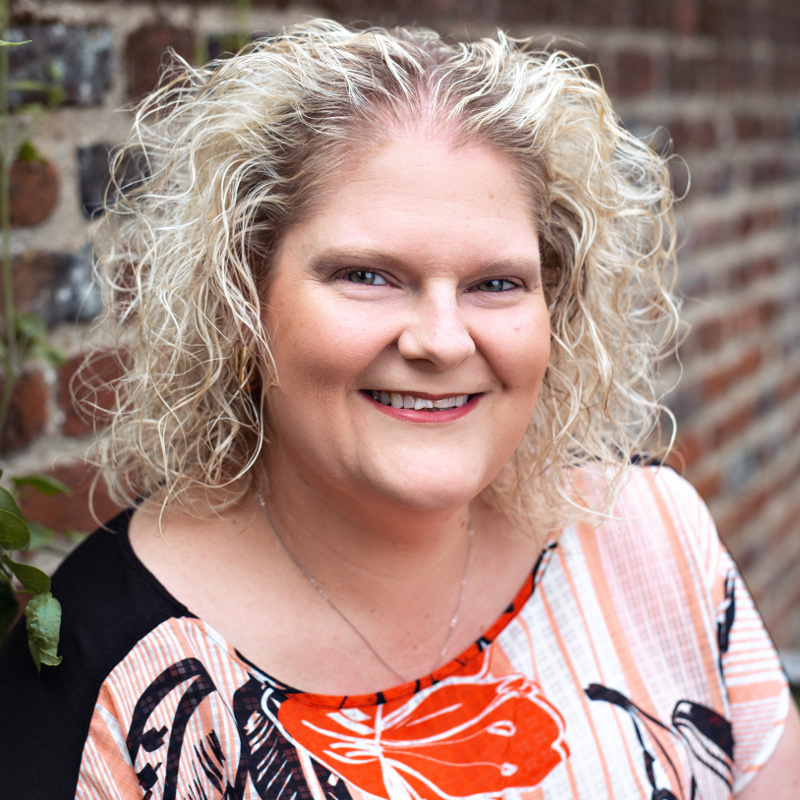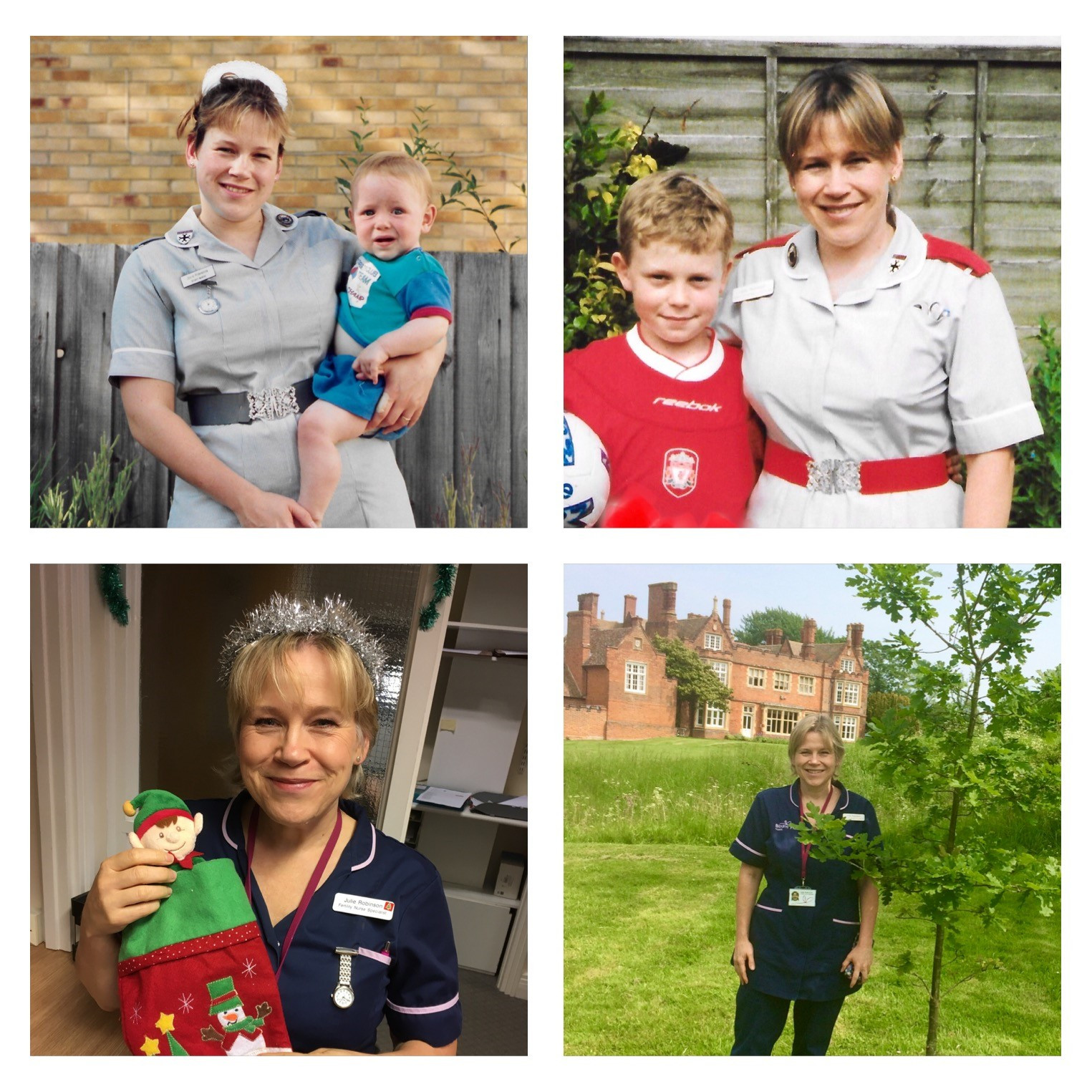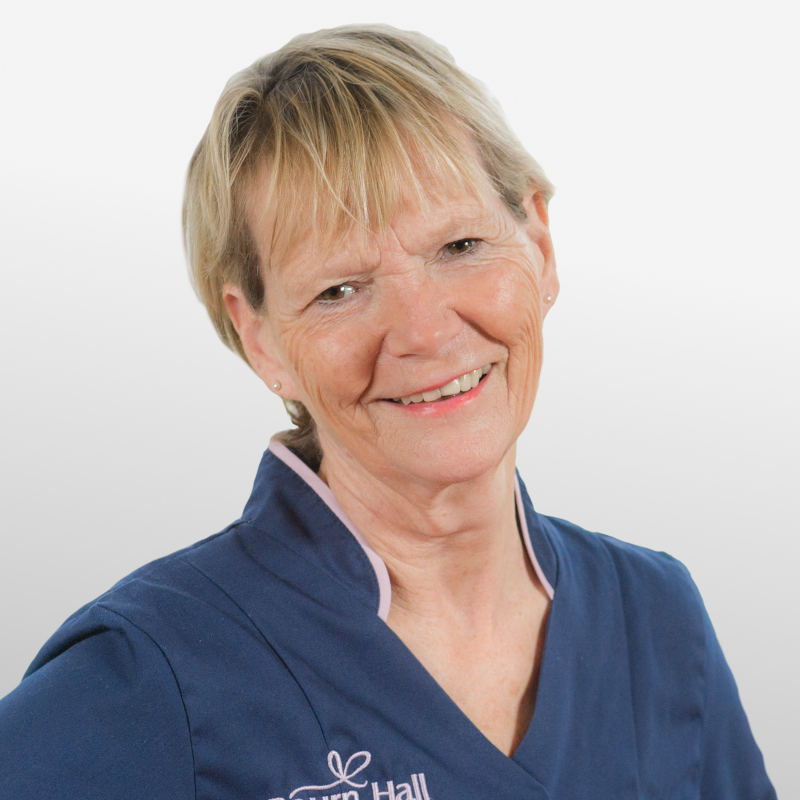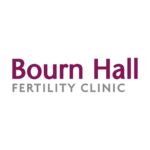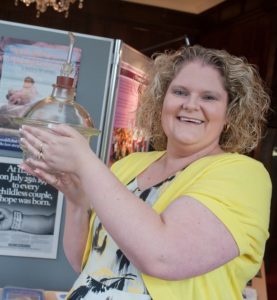
The story of IVF 6 million babies later is to be featured in a new exhibition at the Science Museum, to mark the 40th birthday of Louise Brown, the first baby born following IVF treatment.
The IVF 6 million babies later exhibit will explore the ten years of experimentation, hundreds of failed attempts and many setbacks faced by Robert Edwards, Patrick Steptoe and Jean Purdy in their determined quest to treat infertility and achieve the first successful IVF birth. The trio went on to establish the world’s first IVF clinic at Bourn Hall near Cambridge.
Visitors will be able to see one of the ‘Oldham Notebooks’, as they are known, that record the scientific data collected by Purdy and Edwards between 1969 and 1978, as well as examples of the equipment they used. Over 10 years, the notebooks record data for 282 anonymous women, 457 IVF cycles and attempted egg harvests, 331 attempted fertilisations and 167 cycles with embryos, but only record five pregnancies and two successful births.
After Bourn Hall Clinic opened its doors in September 1980, Steptoe, Edwards, Purdy and their team continued their research, achieving a number of key publications, including “Current status of in vitro fertilisation and implantation of human embryos” (Edwards & Steptoe, 1983), in which they reported the results of their first 1,200 IVF cycles and report an increase in clinical pregnancy rates from 16.5% initially to 30% by 1983.
From science to medical therapy
It was their work at Bourn Hall that transformed IVF from an experimental technique to a robust medical therapy and this was discussed in 1981 when the world’s first IVF conference was held at the clinic.
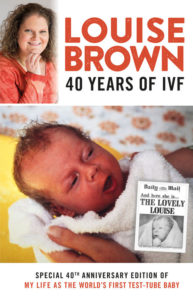 The exhibition will include the glass desiccator used by Edwards to incubate embryos and some of the personal correspondence and gifts received by Louise’s parents from the public around the world. These items were brought to Bourn Hall by Louise in 2015 when we hosted the launch of her autobiography.
The exhibition will include the glass desiccator used by Edwards to incubate embryos and some of the personal correspondence and gifts received by Louise’s parents from the public around the world. These items were brought to Bourn Hall by Louise in 2015 when we hosted the launch of her autobiography.
A number of our staff who worked with Steptoe and Edwards in those early days were involved in research for the exhibition and contributed items to the display.
Dr Mike Macnamee, who worked closely with Professor Edwards until his retirement, is delighted that the history will be celebrated at the museum. He says: “Louise was a miracle baby. We are delighted that this exhibition will celebrate the work of our clinic founders and their living legacy of 6 million IVF babies.”
UK still pioneering innovative treatments
Curator Connie Orbach says: “The birth of Louise Brown 40 years ago was a defining moment in reproductive science and a testament to the dedication and drive of Edwards, Steptoe and Purdy.
“Through this exhibition we wanted to celebrate a technology that has impacted millions of people’s lives but also present the realities of IVF today and ongoing research in the field. I would like to thank all the organisations and individuals who have contributed to our exhibition.”
IVF has now enabled the birth of more than 6 million children worldwide. The exhibition will explain IVF science and explore the many reasons people undertake assisted reproduction and the huge commitment involved.
Sally Cheshire CBE, Chair of the Human Fertilisation and Embryology Authority (HFEA), says: “As we continue to pioneer new techniques such as embryo testing to prevent serious mitochondrial disease and gene editing research to understand early human development and miscarriage, I truly believe the UK is the best place in the world for innovative treatments to be developed whilst maintaining overwhelming public trust. The HFEA will continue to prioritise high quality patient care and emotional support for all patients as they seek to have the families they long for.”
Aileen Feeney, chief executive of Fertility Network UK, said that despite the considerable successes there were still many couples for whom IVF did not work and many are denied access to fertility treatment because they live in an area where NHS funding has been cut or removed. She says: “What Fertility Network UK would like to see now is access to IVF based on medical need, more support for the 1 in 6 couples with fertility problems and recognition that infertility has a massive and often life-long impact on mental health.”


